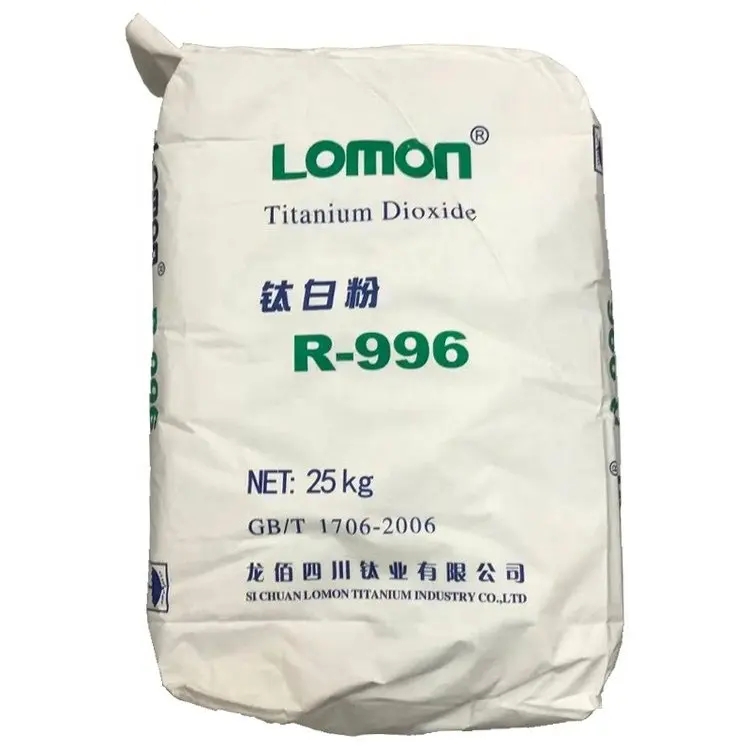
10 月 . 13, 2024 08:49 Back to list
Color Variations of Titanium Dioxide Production Processes in Manufacturing Facilities
The Color of Titanium Dioxide Insights from the Factory
Titanium dioxide (TiO2) is one of the most widely used white pigments in the world, celebrated for its brightness, opacity, and ability to scatter light. Its applications span various industries including paints, coatings, plastics, paper, and cosmetics. The color of titanium dioxide, while predominantly white, can vary based on several factors, especially during its manufacturing process. In this article, we will explore the intricacies of the titanium dioxide factory and how it influences the color variations and quality of this essential pigment.
The Production Process
The production of titanium dioxide primarily occurs through two methods the sulfate process and the chloride process. Each method yields differing qualities of TiO2 and can affect the pigment’s final color and properties.
1. Sulfate Process Involves reacting titanium ore (often ilmenite) with sulfuric acid to produce titanium sulfate, which is then hydrolyzed to precipitate titanium dioxide. The sulfate process typically results in a pigment that has a slightly off-white color, often due to residual impurities. The impact of these impurities on the pigment's appearance can vary based on the ore quality and processing conditions.
2. Chloride Process This method is more modern and preferred for high-purity TiO2. It begins with the chlorination of titanium ore, resulting in titanium tetrachloride that is then oxidized to form titanium dioxide. The chloride process typically produces a pigment of superior whiteness and brightness, which is crucial for high-end applications where color fidelity is paramount.
Color Variations and Quality Control
While titanium dioxide is primarily characterized by its brilliant white color, manufacturers pay keen attention to maintaining uniformity in color and quality
. Several factors influence the color of TiO2 produced in factoriescolour of titanium dioxide factory

- Purity of Raw Materials The purity of titanium ores used directly impacts the final pigment’s color. Impurities can introduce slight color variations, which is why quality control from the sourcing stage is critical.
- Processing Conditions Temperatures, reaction times, and other operating parameters during the sulfate or chloride processes play a vital role in determining the final color. Tight control of these variables helps to maintain consistent pigment quality.
- Post-Treatment Processes After production, titanium dioxide may undergo post-treatments, including coating with silica or alumina to enhance properties like UV resistance and durability. These coatings can subtly affect the color and opacity of the final product.
Application of Color in Various Industries
The white pigment derived from titanium dioxide is essential for achieving a vibrant and highly reflective surface in industrial applications. In the paint and coatings industry, for instance, TiO2 plays a critical role in providing the necessary opacity to ensure complete coverage with fewer coats. Its brightness enhances the overall aesthetic appeal of products.
In the plastics industry, the color stability of titanium dioxide is vital, especially for products exposed to sunlight. The pigment retains its brightness and does not yellow over time, ensuring that the end products remain attractive to consumers. Furthermore, in the cosmetic industry, high-quality TiO2 is sought after for its ability to provide an even skin tone and coverage without irritating the skin.
Conclusion
The color of titanium dioxide, while primarily white, reflects the complexity of its production and the stringent quality controls in place at manufacturing facilities. The methods chosen, the purity of raw materials, and the meticulous attention to processing conditions all contribute to creating a pigment that meets the diverse needs of various industries. As we look to the future, advancements in production technologies may further enhance the quality and application of titanium dioxide, ensuring its position as a cornerstone of modern industrial materials. Through understanding the intricate processes involved in its production, we can appreciate the remarkable properties of titanium dioxide that make it an unparalleled choice for a multitude of applications.
-
Lithopone for Plastic & TiO2 R-5568/SK-6658 Masterbatch Solutions
NewsMay.30,2025
-
China Leading Rutile TiO2 Manufacturer - R5566 & R996 Grades Available
NewsMay.30,2025
-
High-Purity Anatase & Rutile TiO2 Powder Trusted Manufacturer
NewsMay.30,2025
-
High-Purity Anatase Products Trusted Supplier & Manufacturer
NewsMay.29,2025
-
Best Price Eco-Friendly Rutile TiO2 Supplier & Wholesale Factory
NewsMay.29,2025
-
Chinese Anatase Titanium Dioxide for Ceramic Glaze Reliable Supplier
NewsMay.29,2025
